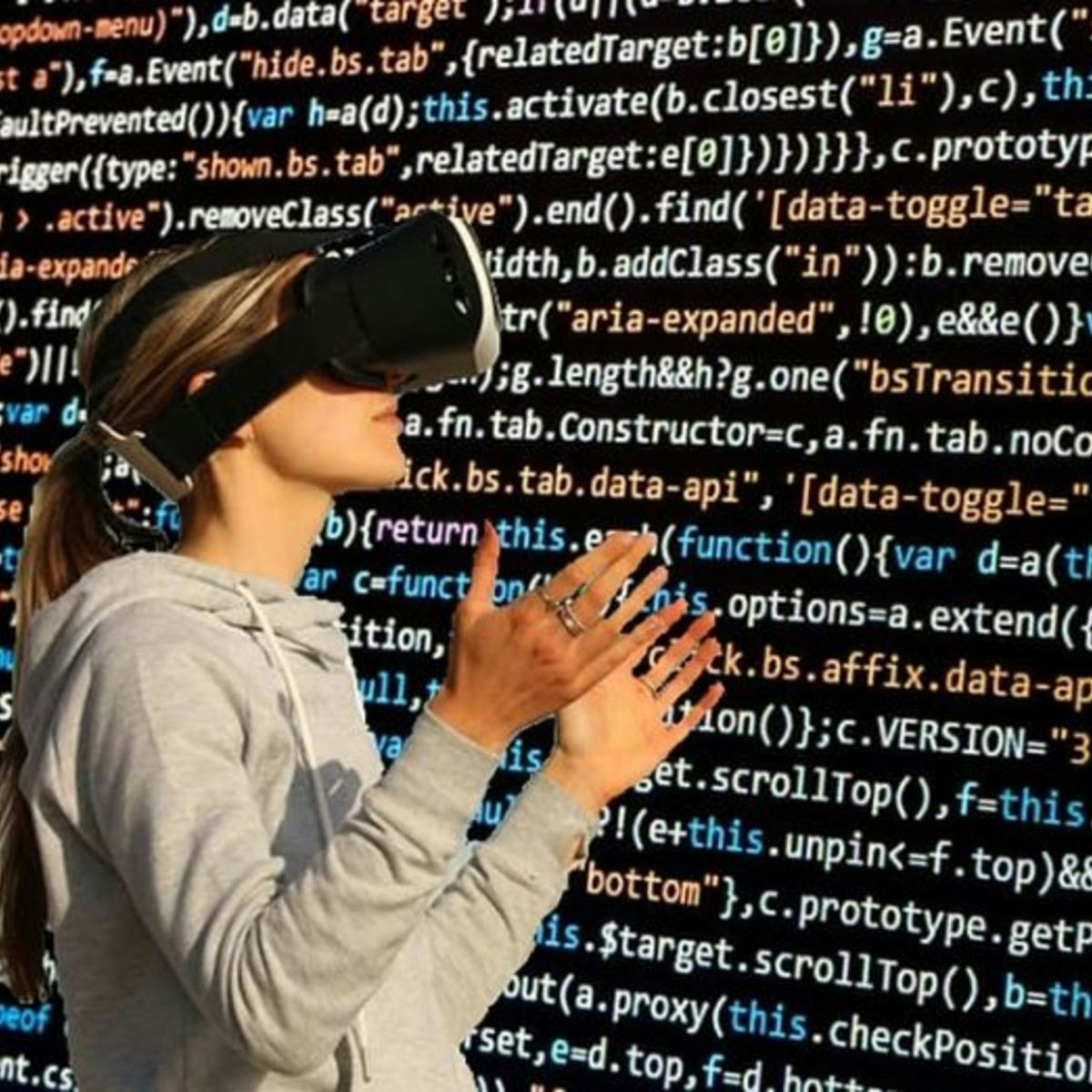
This course will teach you about one of the most important aspects of VR, how you interact with a VR world. Virtual Reality is completely different from an on screen app or game. You are completely immersed in a VR world, so it doesn't make sense to interact only through buttons or menus. You will get the most out of VR if you can interact with the world just as you would with the real world: with your natural body movements. You will learn about the basic concepts and technologies of VR Interaction. You will then get hands on, learning about how to move around in VR and how to interact with the objects in your world. The course will finish with some advice from experts on VR interaction design and you will do a project where you will get real experience of developing VR Interaction.
What's inside
Syllabus
Interaction in VR
Welcome to Week 1! In this week, we will cover interaction in VR. You will discover different types of interaction, and how interaction works with different HMDs. We'll end the week by introducing you to this MOOC's project.
Read more
Syllabus
Good to know
Save this course
Reviews summary
3d interaction design in virtual reality
Activities
Review the basics of motion and interaction design
Show steps
Reviewing the basics of motion and interaction design will help you understand the fundamental concepts behind VR interaction.
Browse courses on
Human-Computer Interaction
Show steps
-
Read articles or watch videos about the basics of motion and interaction design.
-
Try out some simple VR experiences to get a feel for how motion and interaction work in VR.
Create a VR Interaction Resource Collection
Show steps
Organize and review key course materials, articles, and tutorials to enhance your understanding and retention.
Show steps
-
Gather relevant materials from the course, including lecture notes, readings, and assignments.
-
Bookmark and organize online articles, tutorials, and resources related to VR interaction.
-
Review and synthesize the collected materials to reinforce your knowledge.
Join a VR Study Group
Show steps
Engage with peers, discuss course concepts, and share knowledge and experiences.
Show steps
-
Find or create a study group with fellow VR enthusiasts.
-
Meet regularly to discuss course materials, work on projects, and provide support.
-
Get feedback on your work and learn from others.
Four other activities
Expand to see all activities and additional details
Show all seven activities
Volunteer at a VR Event
Show steps
Gain practical experience in VR by assisting at events and interacting with users.
Show steps
-
Contact local VR organizations or event organizers.
-
Offer your services to assist with VR demonstrations or support.
-
Engage with attendees and provide guidance on VR experiences.
Create a prototype of a VR interaction
Show steps
Creating a prototype of a VR interaction will help you apply your understanding of VR interaction to a practical project.
Show steps
-
Choose a VR interaction that you want to prototype.
-
Design the prototype using a VR development tool.
-
Test the prototype and get feedback from others.
-
Refine the prototype based on feedback.
Attend a VR Meetup or Conference
Show steps
Connect with VR professionals, learn about industry trends, and get feedback on your work.
Show steps
-
Find a local VR meetup or conference.
-
Network with other VR enthusiasts and professionals.
-
Attend presentations and workshops to learn about VR best practices.
-
Showcase your VR projects and get feedback from experts.
Create a VR Experience Prototype
Show steps
Apply your knowledge of VR interaction design to create a prototype that demonstrates your understanding of the course concepts.
Show steps
-
Identify a problem or opportunity that VR can address.
-
Design the user experience for your VR prototype.
-
Develop the prototype using Unity or another VR development platform.
-
Test and iterate on your prototype to improve user experience.
Review the basics of motion and interaction design
Show steps
Reviewing the basics of motion and interaction design will help you understand the fundamental concepts behind VR interaction.
Browse courses on
Human-Computer Interaction
Show steps
- Read articles or watch videos about the basics of motion and interaction design.
- Try out some simple VR experiences to get a feel for how motion and interaction work in VR.
Create a VR Interaction Resource Collection
Show steps
Organize and review key course materials, articles, and tutorials to enhance your understanding and retention.
Show steps
- Gather relevant materials from the course, including lecture notes, readings, and assignments.
- Bookmark and organize online articles, tutorials, and resources related to VR interaction.
- Review and synthesize the collected materials to reinforce your knowledge.
Join a VR Study Group
Show steps
Engage with peers, discuss course concepts, and share knowledge and experiences.
Show steps
- Find or create a study group with fellow VR enthusiasts.
- Meet regularly to discuss course materials, work on projects, and provide support.
- Get feedback on your work and learn from others.
Volunteer at a VR Event
Show steps
Gain practical experience in VR by assisting at events and interacting with users.
Show steps
- Contact local VR organizations or event organizers.
- Offer your services to assist with VR demonstrations or support.
- Engage with attendees and provide guidance on VR experiences.
Create a prototype of a VR interaction
Show steps
Creating a prototype of a VR interaction will help you apply your understanding of VR interaction to a practical project.
Show steps
- Choose a VR interaction that you want to prototype.
- Design the prototype using a VR development tool.
- Test the prototype and get feedback from others.
- Refine the prototype based on feedback.
Attend a VR Meetup or Conference
Show steps
Connect with VR professionals, learn about industry trends, and get feedback on your work.
Show steps
- Find a local VR meetup or conference.
- Network with other VR enthusiasts and professionals.
- Attend presentations and workshops to learn about VR best practices.
- Showcase your VR projects and get feedback from experts.
Create a VR Experience Prototype
Show steps
Apply your knowledge of VR interaction design to create a prototype that demonstrates your understanding of the course concepts.
Show steps
- Identify a problem or opportunity that VR can address.
- Design the user experience for your VR prototype.
- Develop the prototype using Unity or another VR development platform.
- Test and iterate on your prototype to improve user experience.
Career center
Virtual Reality Developer
3D Environment Artist
Game Designer
UX Designer
Interaction Designer
Motion Capture Artist
Virtual Reality Engineer
3D Animator
Product Designer
Software Engineer
Technical Artist
Web Developer
Rigger
Animator
Concept Artist
Reading list
Share
Similar courses
OpenCourser helps millions of learners each year. People visit us to learn workspace skills, ace their exams, and nurture their curiosity.
Our extensive catalog contains over 50,000 courses and twice as many books. Browse by search, by topic, or even by career interests. We'll match you to the right resources quickly.
Find this site helpful? Tell a friend about us.
We're supported by our community of learners. When you purchase or subscribe to courses and programs or purchase books, we may earn a commission from our partners.
Your purchases help us maintain our catalog and keep our servers humming without ads.
Thank you for supporting OpenCourser.



